MALVACEAE (Mallow family)
Part 2The Abutilons
In a previous posting I spoke about the Hawaiian members that belong to the popular genus Hibiscus. There are several genera of the Family Malvaceae in Hawaii, including two endemic genera. The genera include Abutilon, Gossypium, Hibiscadelphus, Hibiscus, Kokia, Sida, Thespesia, and Waltheria.
Please note: In this and following postings I will refer to all the Hawaiian Islands at times as "Hawaii," while the Big Island as Hawai'i. Notice the glottal stop, or 'okina, between the double-"i's"
In this posting I will address, again briefly, another member of the Family Malvaceae (Mallow family)Âthe Abutilons.
MaÂo, or Hoary abutilon (Abutilon incanum) is our only native abutilon species that is also found out side of the Hawaiian Islands. They are naturally found on all the islands except HawaiÂi (the Big Island). This is the smallest member of the Hawaiian abutilons and can found at lower elevations in dry areas such as Kaena Point and Barber's Point on O'ahu. Only pink-flowered forms are known from Hawaii.
With no known Hawaiian name, the Hidden-petal abutilon (Abutilon eremitopetalum) is an unusual abutilon in that the small apple-green petals are nearly completely "hidden" within the fuzzy calyx (sepals). Only the red staminal column protrudes noticeably. They are extremely rare in the wild, but fortunately rather easy to cultivate. These hybridize easily with the next listed species, A. menziesii. the Hidden-petal abutilon is endemic to LânaÂi and a federally endangered species.
KoÂoloa Âula (Abutilon menziesii) is closely related to the previously mentioned species. If grown too close together, they will readily hybridize. Best to make cuttings from these plants. Though the word Âula means "red" in Hawaiian, there are in fact many color variations of koÂoloa Âula. While maroon is perhaps the most common color, it can also be found in pink, salmon, yellow (blonde), maroon or pink with white, and a deep burgundy color. The long-lasting flowers make an impressive lei and it is a very special person that receives a koÂoloa Âula lei. A federally endangered species, koÂoloa Âula can be found on LânaÂi, east Maui, and HawaiÂi. They are possibly from OÂahu as well as there is a very limited wild population on the Ewa Plains. KoÂoloa Âula is becoming very popular in Hawaiian gardens perhaps because it is very easy to grow as a xeric plant and is easier to obtain in recent years. They propagate easily from seed or cuttings.
The fourth species is Abutilon sandwicense. It has no known Hawaiian name. These have the largest flowers and leaves of the Hawaiian abutilons. The large yellow, sometimes maroon, flowers usually hang downwards. These federally endangered plants are only found in a few locations in the Waianae Mts. on OÂahu. But again they are easy to cultivate and make an attractive and unique addition to the garden.
All the Hawaiian abutilons are easy to grow. They thrive in an open sunny area with a gentle breeze. They require very little water. In fact too much water can even reduce flower production. Abutilons also appreciate some fertilizer now and then, but be careful not to over do it because this can produce large floppy leaves and attract leave-chewing insects. They can be attacked by Chinese rose beetles, which create holes in the leaves. While this does not kill the plant outright, it can make them very unsightly. Planting them near or under a street lights can lessen the invasion. Systemic pesticides, such as Merit, can also be effective in controlling pests. Once established the abutilons will not need much care. Enjoy them and remember the koÂoloa Âula lei!
To see photos of these plants visit http://ravenel.si.edu/botany/pacificislandbiodiversity/hawaiianflora/result2.cfm and
http://www.botany.hawaii.edu/faculty/carr/abutilon.htm
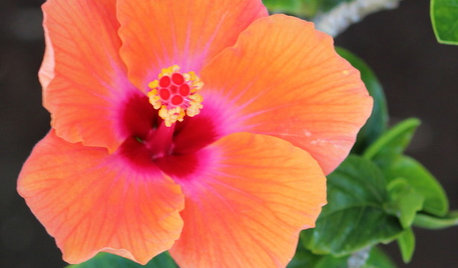
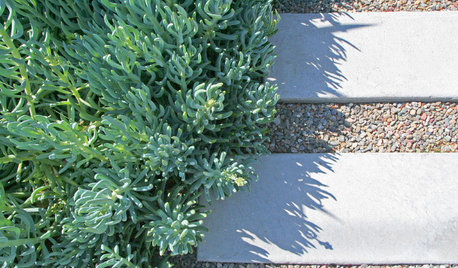
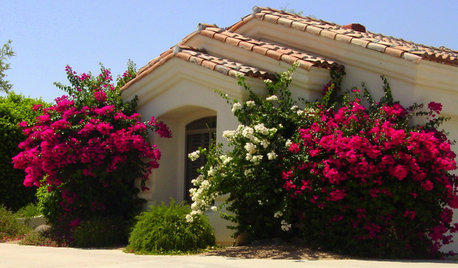
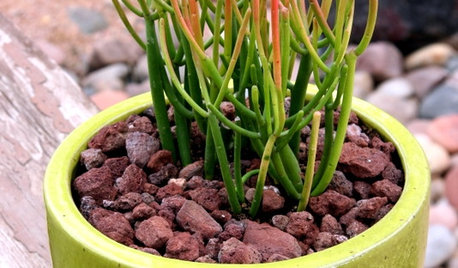
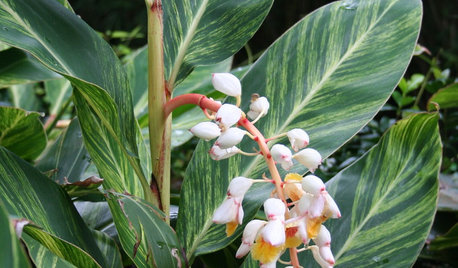
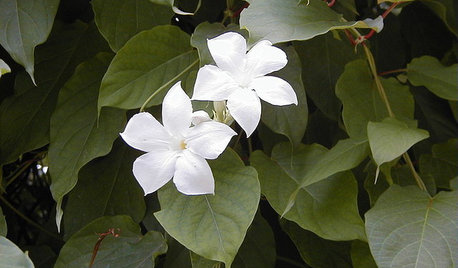
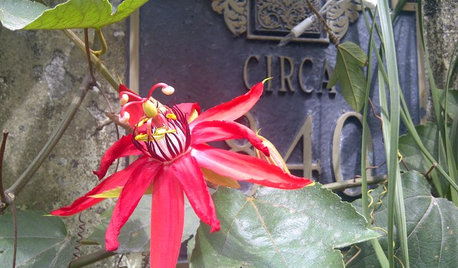
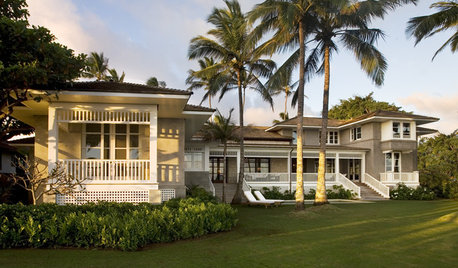





Related Discussions
HAVE: Lots of seeds to trade
Q
Id please_3
Q
Help with 'Impressive Trees' list
Q
MALVACEAE in Hawaii--Part 3
Q